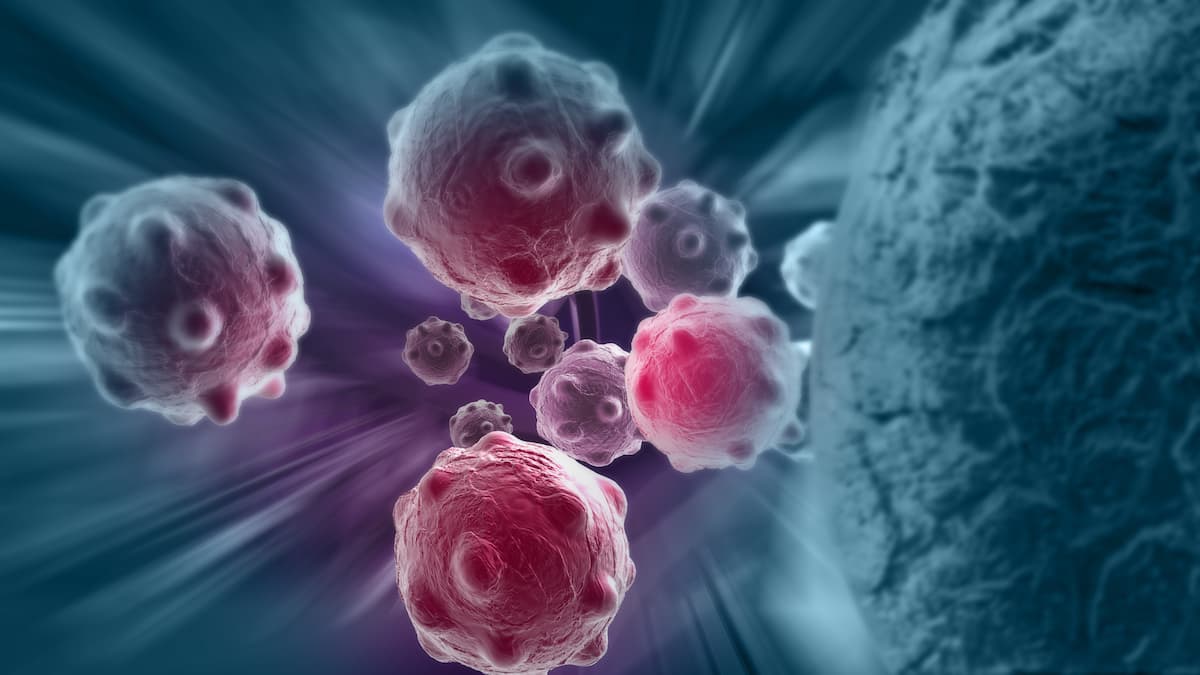FDA Gives Fast Track Designation to Givinostat for Polycythemia Vera
The phase 3 GIV-IN PV trial is evaluating the efficacy and safety of givinostat vs hydroxyurea in patients with polycythemia vera.
Givinostat may control excessive cell proliferation, reduce disease burden, alleviate symptoms, and improve long-term outcomes for patients with polycythemia vera.

The FDA has granted fast track designation to givinostat (Duvyzat) for the treatment of patients with polycythemia vera, according to a press release from the developer, Italfarmaco.1
Previously, the FDA and the European Medicines Agency (EMA) granted orphan drug designation to givinostat in the same indication. The agent has also received marketing authorizations from the FDA and the UK’s Medicines and Healthcare Products Regulatory Agency for Duchenne muscular dystrophy. The EMA’s Committee for Medicinal Products for Human Use, in April 2025, also adopted a positive opinion for the agent in Duchenne muscular dystrophy, with a decision expected from the European Commission in July 2025.2
The developer is currently enrolling patients in the randomized, open-label phase 3 GIV-IN PV trial (NCT06093672), which will evaluate the efficacy and safety of givinostat compared with hydroxyurea in patients with JAK2V617F-positive high-risk polycythemia vera.3
“The FDA decision to grant givinostat fast track designation underscores the urgent need for innovative treatments for [polycythemia vera] and highlights the potential of givinostat to make a meaningful difference,” stated Paolo Bettica, MD, PhD, chief medical officer at Italfarmaco Group, in the press release.1 “We look forward to working closely with the FDA as we plan for completion of our phase 3 clinical trial.”
The trial has an estimated enrollment of 220 patients who will be randomly assigned to receive either oral givinostat or oral hydroxyurea.
Eligibility criteria include an age of 60 years or more, diagnosis of polycythemia vera according to 2016 WHO criteria within 3 years of randomization, JAK2V617F-positive disease, prior thrombosis, and normalized hematocrit at randomization. Additionally, patients need to require treatment at screening, defined as one of the following: hematocrit 45% or higher, or lower than 45% with at least 1 phlebotomy performed in the 3 months before screening; a white blood cell count greater than 10 x 109/L; or platelet count greater than 400 x 109/L.
Those previously treated with hydroxyurea with documented history of resistance or intolerance of hydroxyurea; prior splanchnic thrombosis, thrombosis of the cerebral venous sinuses, or splenectomy; clinically significant cardiovascular disease; myocardial infarction, stroke, or unstable angina within 6 months of screening; inadequate liver or renal function at screening; uncontrolled hypertriglyceridemia at screening; previous treatment with a JAK2 or histone deacetylase (HDAC) inhibitor or 32-phosphorus therapy; or concurrent treatment with any investigational agent are excluded from participating in the trial.
The trial’s primary end point is the proportion of patients achieving a response at week 48 based on hematocrit level, white blood cell count level, platelet count level, normal spleen size, as well as absence of progressive disease, major hemorrhagic events, and major thrombotic events in part 2. Part 2 of the trial will occur from week 25 to week 48. Secondary end points are the proportion of patients achieving a complete hematologic response (CHR) at week 48, time from randomization to first CHR, proportion of patients with a normal spleen size at week 48, and safety and tolerability up to week 48.
In the press release, it was noted that polycythemia vera causes symptoms such as headache, weakness, and itching, as well as stroke, heart attack, and myelofibrosis or acute myeloid leukemia. The release also added that givinostat may be able to control excessive cell proliferation that is driven by mutations such as JAK2V617F. The agent’s mechanism may reduce disease burden, alleviate symptoms, and improve long-term outcomes.
References
- Italfarmaco announces U.S. FDA grants fast track designation to givinostat in treatment of polycythemia vera. News release. Italfarmaco Group. May 6, 2025. Accessed May 6, 2025. https://tinyurl.com/2zzhwzr2
- CHMP recommends EU approval for Duvyzat to treat Duchenne muscular dystrophy. News release. Italfarmaco Group. April 25, 2025. Accessed May 6, 2025. https://tinyurl.com/yy35vbww
- Study on efficacy and safety of givinostat versus hydroxyurea in patients with polycythemia vera (GIV-IN PV). ClinicalTrials.gov. Updated December 6, 2024. Accessed May 6, 2025. https://tinyurl.com/2bujyuyh
Navigating AE Management for Cellular Therapy Across Hematologic Cancers
A panel of clinical pharmacists discussed strategies for mitigating toxicities across different multiple myeloma, lymphoma, and leukemia populations.